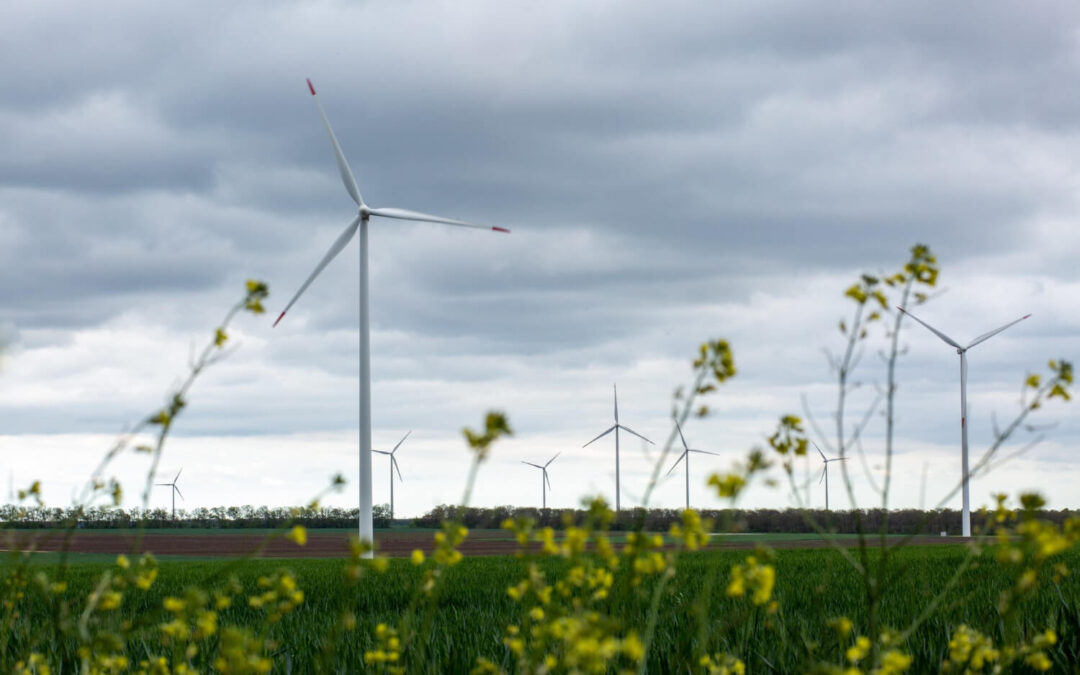The key to a beautiful lawn or garden is not just the richness of the soil, the patterns of irrigation or even the green thumb of the landscaper — the secret to success may be in the air.
From nitrogen oxides in the atmosphere to microplastics blown by the wind to even remote regions of the planet, the quality of the air is becoming an important variable in the health of plants, from the beauty of hyacinths to the abundance of harvests.
The strong link between nitrogen oxides and plant vitality was recently established by a team of researchers from Stanford University. Their findings, published in the journal Science Advances, showed that this omnipresent pollutant targets plant cells while accelerating the production of ozone in the atmosphere. In turn, ozone reduces the amount of sunlight plants receive.
The researchers used advanced satellite imagery to measure nitrogen oxide concentrations worldwide. The Stanford News Service reported: “Based on their observations, the researchers estimated that reducing NOx emissions by about half in each region would improve yields by about 25% for winter crops and 15% for summer crops in China, nearly 10% for both winter and summer crops in Western Europe, and roughly 8% for summer crops and 6% for winter crops in India.”
Less ozone means healthier plants and better yields. Approximately 20 percent of the increase in U.S. corn and soybean production in the past two decades can be directly attributed to a reduction in ozone levels over the period, according to one study.
Even the tiniest atmospheric particle can have dramatic effects of natural cycles, upending fragile ecosystems. Particulate matter as small as 2.5 microns or less in diameter can shift long-established weather patterns, including altering precipitation levels, redirecting atmospheric currents and triggering lengthy droughts.
Among the most unlikely of substances in the air today are microplastics. A 2022 study published in Nature Reviews Earth & Environment described the geographic reach of tiny plastic fibers: “Plastic pollution is now pervasive in the Arctic, even in areas with no apparent human activity, such as the deep seafloor. … [Microplastics] have infiltrated terrestrial and aquatic systems, the cryosphere and the atmosphere.”
Ironically, microplastics blown onto fields and gardens may originate on farms. Plastics form the outer shell of slow-release nitrogen fertilizers, which are increasingly used in large-scale agricultural operations. The microplastics and their trace amounts of fertilizer and pesticides often leach into groundwater and streams, and can also be carried to far destinations by the wind.
These man-made collateral effects are of great concern to landscapers, who have learned to respect the fact that life on our planet is governed by natural cycles. Evaporation, condensation and precipitation refresh life-giving water sources. Photosynthesis transforms carbon dioxide into essential oxygen. Earth arcs through seasons, as it traces an elliptical path around the sun.
These cycles are billions of years old, a wondrous ancient inheritance. But it doesn’t take much to alter the balance, creating a cascade of unintended consequences.
Only by deepening our understanding of man’s impact on the biosphere — both the subtle changes and dramatic effects — can we keep our gardens vibrant, and preserve the beauty that surrounds us.
